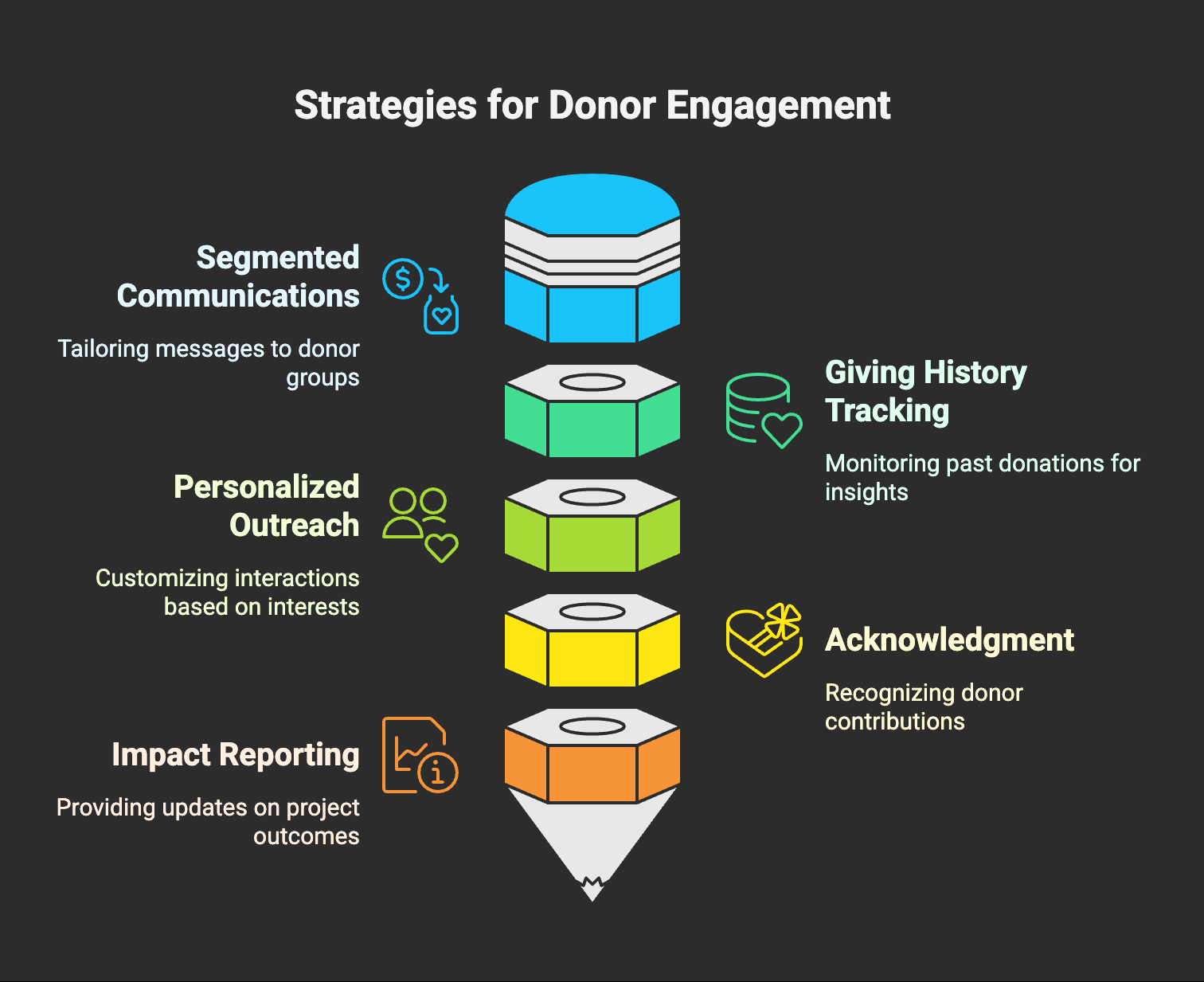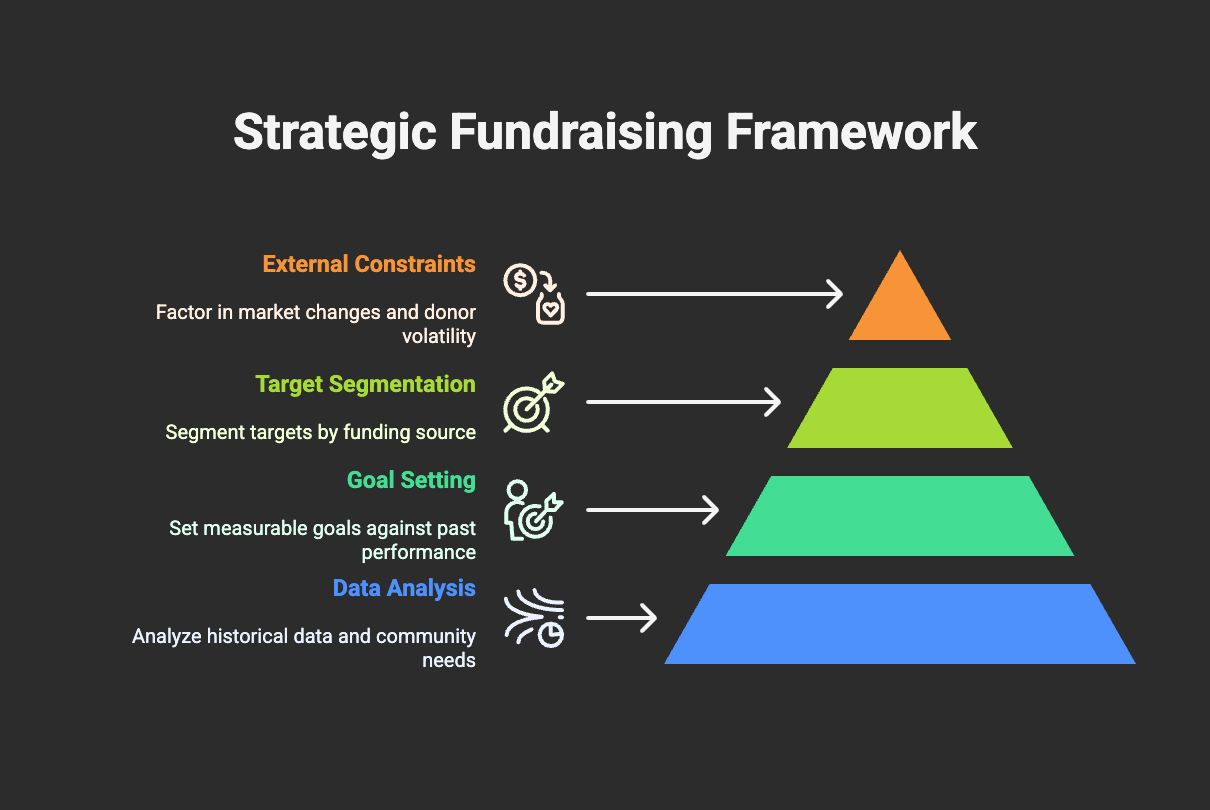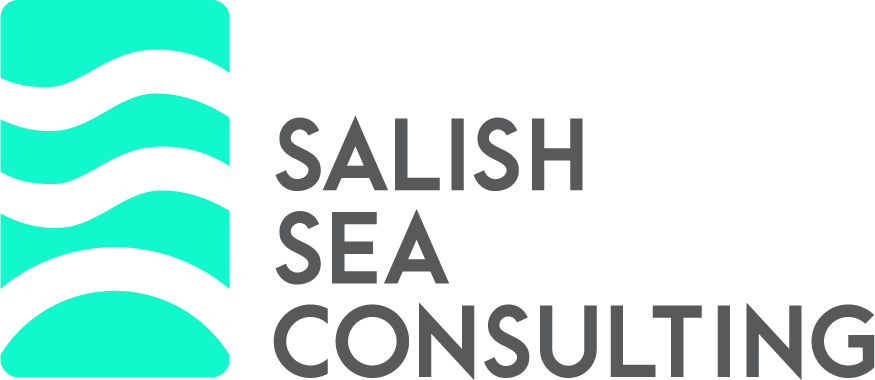Effective Funding Strategy for Nonprofit Success

When I think about what keeps a nonprofit thriving, a solid funding strategy always comes to mind. It’s not just about bringing in donations—it’s about building a plan that supports long-term growth and impact. Without a clear approach to funding, even the most passionate missions can struggle to make a difference.
I’ve seen how the right mix of grants, partnerships, and community support can turn ideas into action. Crafting a funding strategy isn’t a one-size-fits-all process. It takes creativity, persistence, and a deep understanding of what drives supporters to give. Let’s explore how a smart approach to funding can help any nonprofit achieve its goals and stay resilient in a changing world.
Understanding the Importance of a Funding Strategy for Nonprofit
A funding strategy for nonprofit organizations provides a systematic approach to securing resources that sustain mission-driven initiatives. My funding decisions enable me to allocate limited resources efficiently and maximize program outcomes, not just cover basic expenses. Consistent funding streams, like federal grants or recurring corporate sponsorships, give my nonprofit financial stability during fluctuating economic conditions.
A robust funding strategy for my nonprofit clarifies priorities by identifying which projects require immediate support and which can advance through restricted or unrestricted funds. Strategic planning in fundraising helps me build credibility with donors, who often favor nonprofits demonstrating careful stewardship of contributions. Organizations with defined strategies more often retain donors—an analysis by the Lilly Family School of Philanthropy showed donor retention rates reach up to 45% among professionally managed nonprofits.
Diversifying my funding sources lowers risk, since reliance on a single revenue stream—such as individual giving or foundation grants—exposes my nonprofit to funding gaps when those streams decline. I position my nonprofit for growth by developing multi-year plans that align fundraising targets with operational objectives. With a clear funding strategy, my organization can scale impact, respond quickly to opportunities, and fulfill long-term commitments to communities served.
Key Elements of a Successful Funding Strategy for Nonprofit
Key elements in a funding strategy set nonprofits apart in achieving sustainable growth and mission impact. I approach each funding component to maximize stability and deepen community engagement.
Diversifying Revenue Streams
Diversifying revenue streams increases financial security for nonprofits by reducing dependence on any single source. I combine individual donations, federal and state grants, corporate sponsorships, earned income, and foundation support. For example, I blend membership programs, recurring donor campaigns, and government contracts. Data from the National Council of Nonprofits shows organizations with three or more revenue sources are 60% more likely to report steady year-over-year budgets.
Building Relationships with Donors
Building relationships with donors drives repeat giving and long-term investment. I segment donor communications, track giving history, and tailor outreach to individual interests. Examples include handwritten thank-you notes, personalized email updates, and impact reports that match donor priorities. Penelope Burk's “Donor-Centered Fundraising” study finds that 65% of donors say acknowledgment and information about results most influence their decision to give again.
[caption id align="alignnone" width="1512"]

Donor Engagement [/caption]
Leveraging Grants and Sponsorships
Leveraging grants and sponsorships provides structured funding for specific programs and boosts organizational credibility. I research grant cycles, craft data-driven proposals, and identify sponsors aligned with my mission. If I secure foundation grants, I often use them to launch pilot programs or cover operational costs. I also seek multi-year corporate sponsorship agreements, which offer predictable cash flow and in-kind resources such as technology or venue access. TechSoup reports nonprofits securing at least one government or foundation grant experience a 50% higher project completion rate.
Common Challenges in Developing a Funding Strategy for Nonprofit
Many nonprofits face recurring obstacles when building stable funding strategies. I see patterns in the difficulties that slow growth and threaten sustainability.
Avoiding Overreliance on a Single Source
Securing diverse revenue streams for nonprofit funding strategies limits risk. I notice that organizations depending on a single source, like annual gala events or one foundation grant, experience volatility if funding dries up or priorities shift. For example, single-event fundraising centered on in-person gatherings faltered during public health emergencies. My approach involves proactively seeking a blend of grants, individual gifts, corporate sponsorships, and earned income to maintain financial resilience.
Ensuring Long-Term Sustainability
Planning for financial longevity in nonprofit funding requires ongoing effort. I encounter many organizations focusing on short-term goals while overlooking endowments, recurring donations, or monthly giving programs that help ensure continuous support. When leadership turnover or mission fatigue occurs, overly narrow strategies can lead to funding gaps. I develop clear stewardship plans and prioritize building reserves, recurring partnerships, and multi-year grant relationships—protecting programs from economic downturns or loss of key contributors.
Practical Steps to Create an Effective Funding Strategy for Nonprofit
I use a systematic approach to build an actionable funding strategy for a nonprofit, focusing on achievable targets and measurable progress. This method supports both financial stability and greater mission impact.
Setting Realistic Fundraising Goals
I start by analyzing the nonprofit’s historical fundraising data, current resources, and community needs. I then set specific, measurable goals against last year’s performance. For example, if donor retention averaged 45% (Source: Association of Fundraising Professionals), I might aim for a 5% increase using strategic communications. I segment targets by funding source, such as individual donors, corporations, and grants, and assign dollar amounts based on pipeline analysis. I factor in external constraints like market changes or donor volatility to ensure goals remain attainable.

Monitoring and Evaluating Fundraising Efforts
I use structured tools to track fundraising progress throughout each campaign. I set up regular intervals—monthly or quarterly—for reviewing key performance indicators (KPIs) like donor acquisition, average gift size, and appeal response rates. I compare these KPIs to set benchmarks to spot trends early. When a campaign underperforms, I audit tactics and adjust messaging or outreach channels immediately. I document outcomes and lessons learned in a central system, providing a basis for future strategy adjustments and donor stewardship improvements.
Every nonprofit’s journey is unique but a thoughtful funding strategy sets the foundation for lasting impact. I’ve seen firsthand how a proactive approach to resource development creates opportunities for growth even in uncertain times. The right mix of funding sources and strong donor relationships can turn vision into reality.
As I continue to refine my own approach I’m reminded that resilience and adaptability are key. With clear priorities and a commitment to stewardship nonprofits can navigate challenges and build a future where their mission thrives.




